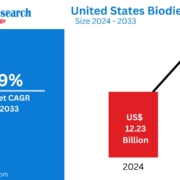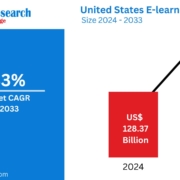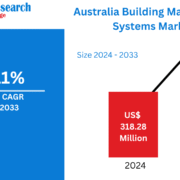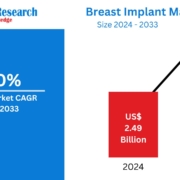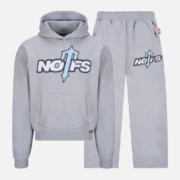Real Estate Developers
When you walk past a shiny new apartment building or a modern shopping mall, have you ever wondered who brings such projects to life? That’s the work of real estate developers. They’re like the directors of a blockbuster movie—bringing together land, design, construction, and financing to create places where people live, work, and shop.
Who Are Real Estate Developers?
Real estate developers are professionals or companies that buy land, plan construction projects, manage building processes, and sell or lease completed properties. They work behind the scenes to transform an empty plot into a thriving space.
Importance of Real Estate Developers in the Market
Without developers, there would be no coordinated growth in cities. They play a crucial role in improving infrastructure, creating jobs, and meeting housing demands. Essentially, they turn visions into real buildings.
Types of Real Estate Developers
Residential Developers
These developers focus on building homes—apartments, villas, and housing societies. They aim to create comfortable living spaces that attract buyers or tenants.
Commercial Developers
Commercial developers work on business-related spaces like office towers, shopping malls, and hotels. Their goal is to create environments that boost business activity.
Industrial Developers
They specialize in factories, warehouses, and logistics hubs. These developments support manufacturing and supply chain industries.
Mixed-Use Developers
A growing trend, mixed-use projects combine residential, commercial, and leisure spaces in one location, offering convenience and community living.
The Real Estate Development Process
Land Acquisition
Everything begins with finding the right land. Developers scout for locations with growth potential, negotiate with landowners, and secure property rights.
Market Research & Feasibility Studies
Before building, developers study market trends, local needs, and project profitability. This helps them avoid costly mistakes.
Planning and Design
Architects and engineers step in to create designs that meet both regulations and customer expectations.
Construction Phase
This is when the vision starts to take shape—contractors, laborers, and suppliers work together to bring the project to life.
Sales and Marketing
Once construction is underway or complete, marketing teams promote the property to potential buyers and investors.
Property Management
For projects that are rented out, developers may also handle maintenance, leasing, and tenant relations.
Skills and Qualities of Successful Developers
Strong Negotiation Skills
Developers negotiate with landowners, suppliers, contractors, and even local authorities.
Financial Management
Budgeting and securing funding are essential for keeping projects on track.
Vision and Creativity
The best developers can see potential in places others overlook.
Problem-Solving Ability
Every project faces challenges—smart developers know how to find solutions quickly.
Challenges Faced by Real Estate Developers
Market Fluctuations
Economic ups and downs affect property demand and pricing.
Regulatory and Legal Issues
Developers must follow zoning laws, environmental regulations, and building codes.
Funding and Budgeting Problems
Securing loans or investors is often a hurdle.
Environmental Concerns
Modern projects must address sustainability and eco-friendliness.
Role of Technology in Real Estate Development
Virtual Reality and 3D Modeling
These tools help buyers visualize properties before they’re built.
Project Management Software
Keeps construction timelines, budgets, and resources organized.
Smart Building Technologies
From energy-efficient lighting to AI-driven security systems, tech is making buildings smarter.
How to Choose a Reliable Real Estate Developer
Checking Reputation and Reviews
Look for consistent positive feedback from previous clients.
Evaluating Past Projects
Visit completed sites to assess quality and design.
Transparency and Communication
Good developers keep clients informed at every step.
The Future of Real Estate Development
Green and Sustainable Projects
Eco-friendly materials and renewable energy sources are becoming standard.
Affordable Housing Initiatives
Developers are finding ways to make quality housing more affordable.
Urban Redevelopment Trends
Old neighborhoods are being revitalized into vibrant, modern communities.
Conclusion
Real estate developers are the visionaries and executors who shape our cities and neighborhoods. From planning to construction, they take on complex challenges to create spaces where people can thrive. As technology evolves and sustainability becomes more important, the future of real estate development looks exciting and full of possibilities.


